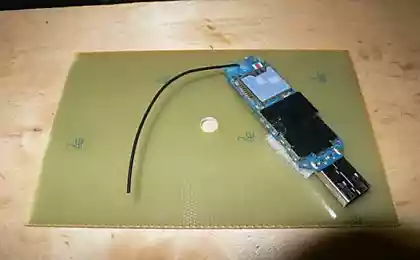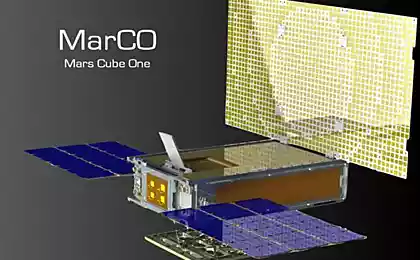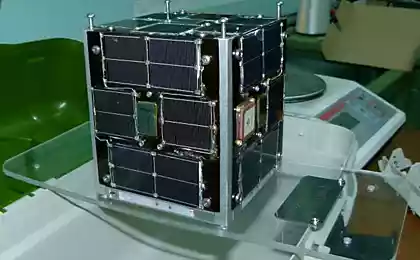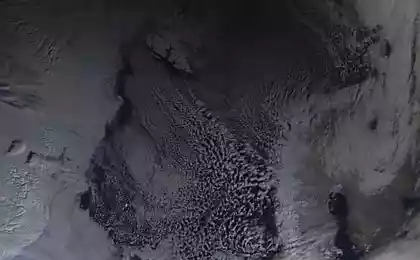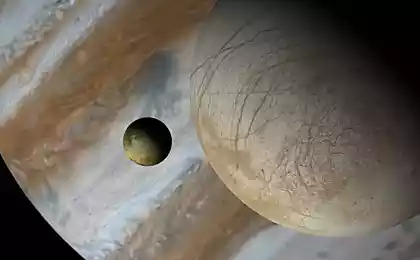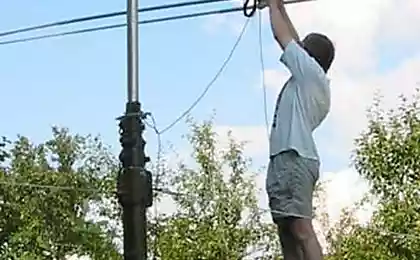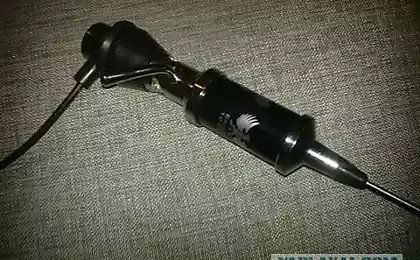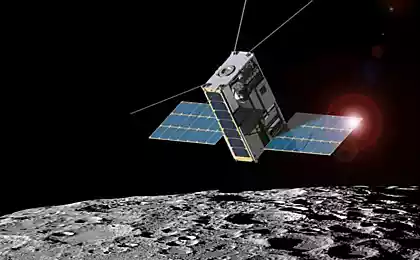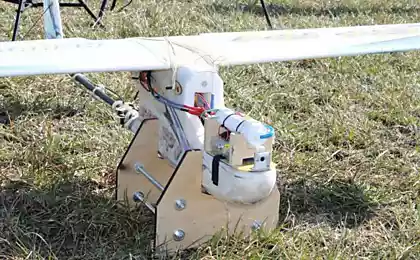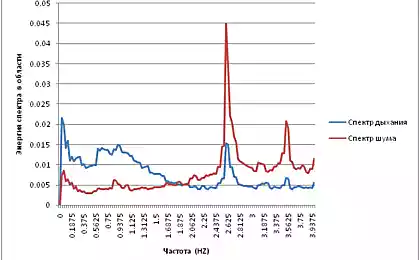1361
At MIT have developed an inflatable antenna for miniature satellites CubeSat

Satellites format CubeSat, consisting of one, two or three cubic modules with a side of 10 centimeters are widely used for experiments and amateur space projects . They are in orbit together with large devices - small size and weight makes them relatively affordable. However, this creates problems and - small size severely limits the available electrical power due to lack of space solar cells, and low speed data transmission to the ground by radio. Miniature transmitter power and antenna only sufficient for near Earth - is in geostationary orbit rate drops to 10 bits per second.
On large satellites used folding antenna. Wires and experiments on the use of inflatable antennas. But for inflating their use gas cylinders and valve system - for the tiny satellites CubeSat is too cumbersome. At MIT решили go the other way . To inflate chemicals are capable of sublimation (phase change from a solid to a gas without going through a liquid) in the space environment, in particular - бензойной acid . The antenna is a "balloon" one side of which is made of metallized Mylar , and the other - from transparent. Metallized half upon inflation takes a parabolic shape and serves as a reflector. In a vacuum sufficient pressure is about 10 -4 sup> atmosphere to antenna dealt.
The main threat to this antenna - micrometeorites. After a year in orbit antenna with a diameter of 1 meter will have at least a hundred of through holes punched microscopic meteorites. However, their dimensions are so small, and the pressure inside the antenna is so small that sufficient to have only a slight excess of reagent in order to maintain operating pressure - a year of operation only enough grams benzoic acid.
Another problem - the attitude control of the satellite. At the lowest orbits due to large-area and low weight with a satellite antenna will suffer too much exposure to extremely tenuous, but still gives an effect of the atmosphere. Gyrodyne with that control orientation CubeSat, will be able to compensate for this effect only on the orbits of height greater than 500 km.
Experiments and computer simulations have shown that the inflatable antenna is capable sevenfold increase maximum distance at which the signal from the satellite will be accepted in the world - it is possible to transfer from the orbit of the Moon and beyond. Geostationary data rate can reach quite decent 100 kilobits per second.
Inflatable antenna folded will occupy about half the unit CubeSat. Now scientists selected the optimal shape design and reagents for sublimation. The variant of the use of two-component mixture - a more active agent first puff antenna several times stronger than the need to keep in shape - this will help to spread the folds and maximize the correct form of the reflector. When the first component will evaporate, keep in shape antenna at a much lower pressure will be the second. Consideration is also a use for this purpose of a wire ring with memory effect, situated along the circumference of the reflector.
Article describing the antenna and the first results of experiments опубликована in the journal Acta Astronautica.
Source: habrahabr.ru/post/217539/


